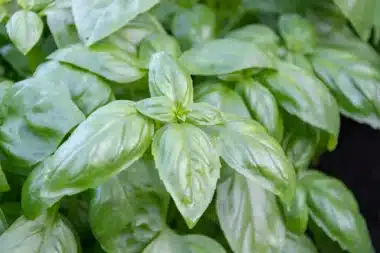Pruning is a key gardening practice that often makes the difference in how your plants look and grow. Knowing the best time and way to prune can really affect plant growth, flowering, and overall liveliness. In this guide, we’ll show you why July is a great time to trim certain plants and how it helps them thrive.
Timing is everything
Pruning works best when you do it during a plant’s downtime. While many species are usually pruned in late winter or early spring, July is the perfect month for some shrubs and vines—especially those that bloom in late spring or early summer. This month makes it easier to rein in unruly vines, keeping their growth nicely under control (think of it as giving nature a little nudge).
Removing damaged or sick parts not only keeps your plants in good shape, but it also lets more air and sunlight in. This helps encourage new growth and maintains a neat shape. Getting the timing right really makes a difference.
This 5-Ingredient Sheet Pan Gnocchi with Summer Vegetables Is My Favorite Easy Dinner Right Now
Specific plant needs
Wisteria
Wisteria, known for its energetic growth, benefits from two trims a year. Give it a heavy cut during the winter and follow up with a lighter trim in the summer. Once the blooms are done, it’s time to snip the thin, new shoots by about five buds. This summer trim keeps your wisteria looking neat and stops it from taking over your garden. For slim shoots, grab your pruning shears; for thicker stems, long-handled bypass loppers work best.
Rambling roses
Rambling roses are a type of climbing rose that can get a bit wild, so they really appreciate a summer cleanup. These roses put on an amazing bloom in June, which makes July the perfect time to trim them. When working on your rambling roses, cut off about one-third of the oldest stems and trim down the side shoots by roughly two-thirds. Also, be sure to remove any dead, dying, or damaged stems to give them the best chance to keep growing strong.
Lilac
For lilacs, the best time to prune is right after they finish blooming in June, which puts early July in the spotlight. Since next year’s flowers grow from this year’s shoots, it’s a good idea to deadhead (remove spent blooms) and trim back any stems that are two inches (5 cm) thick or more. Just be careful not to remove more than one-third of the shrub in a single year.
Mock orange
You don’t need to prune mock orange every year, but doing it after flowering in the summer can boost its overall look and health. Trim the bush back by about one-third and cut the oldest, most woody stems down to the ground. Removing any dead, dying, or crossed branches helps open up the center to more light and air (a definite plus).
Evergreen care
Boxwood
Evergreens like boxwood do best when trimmed in the summer, which helps you avoid any issues that might come from cutting them in colder weather. Boxwood responds well to shaping—whether you’re going for a formal look or clean, sharp edges. Start by removing dead or damaged branches, then shape the plant to your liking.
Walnut trees
Walnut trees are typically pruned during their dormant phase, but trimming them in July can be a safer bet. This is because cutting them in cold weather can cause the tree to bleed sap (an outcome you’d rather steer clear of).
Fruitful pruning
Prunus trees
Prunus trees—which include plums, peaches, nectarines, cherries, and apricots—can develop silver leaf infection if pruned at the wrong time. By removing dead or damaged branches and any suckers in July, you cut down on that risk (keeping your tree healthier in the long run).
Tomatoes
For indeterminate tomatoes, July is the sweet spot for pruning to boost fruit production. By cutting off extra growth, you help the plant channel its energy into bearing fruit, improve air circulation, and reduce the chance of disease.
Gardeners know that getting the timing and technique right is key to successful plant care. Whether you’re taming vigorous vines like wisteria or nurturing your tomato plants, knowing when and how to prune can keep your garden looking its best—with lively blooms and rewarding harvests year after year. Try these tips out, and your garden will thank you tomorrow!







